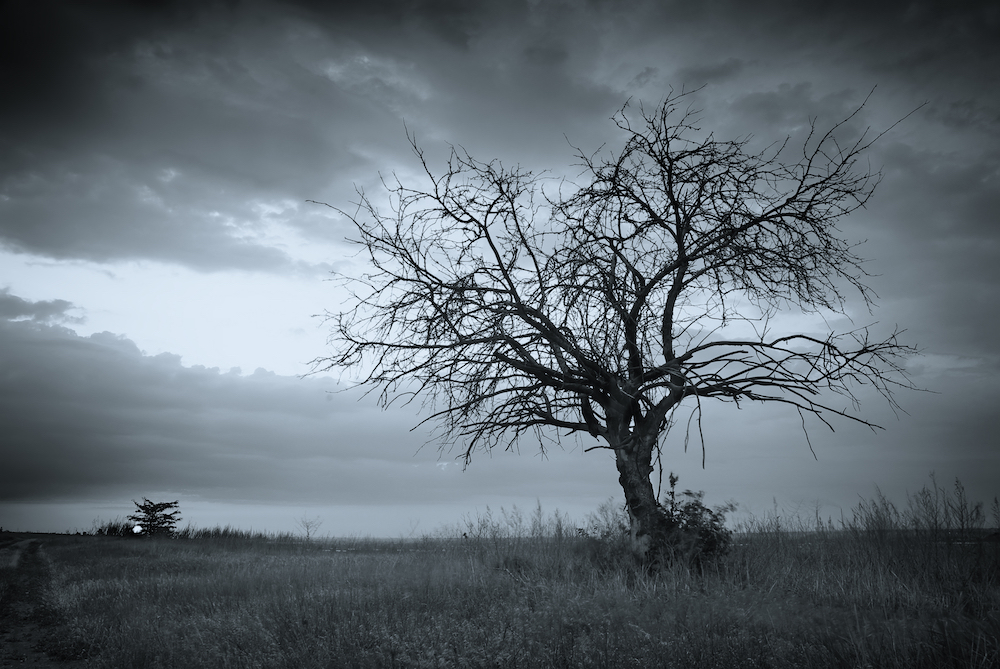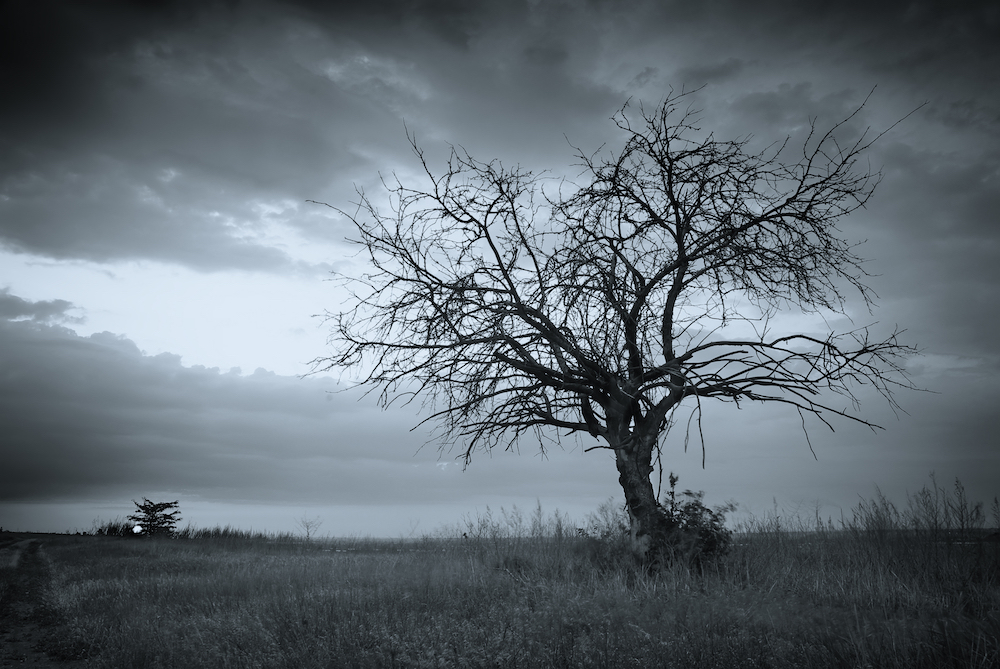Ed Andrews says a final farewell to a treasured tree and ponders on the same fates being met by ash trees all over the UK.
I recently watched a huge ash tree growing near our house being felled. It had succumbed to disease and had become dangerous, but that did not make the loss of this old friend any easier. The stump that is left has growth rings visible in the timber, each representing a year’s growth, and together they depict a timeline that spans from sapling to death. The early rings would have formed when the young ash was growing in a hedgerow just outside Bridgnorth. The next period of growth was laid down as machines grubbed out the hedgerow and started to build a housing estate on the fields. The last 50 years of rings formed as the tree grew older, lost in a sea of houses. As I listened to the chainsaws, it served as a poignant reminder of the fate that awaits millions of ash trees across the UK in the face of a terrible disease.
Chalara fraxinea or ash dieback was discovered in 2012 in nursery trees in Buckinghamshire. Later that year it was found in nearby wild ash trees and, since then, this fungal disease has been spreading throughout the UK. Last year saw a sudden increase in cases in Shropshire. I first encountered the disease at Snailbeach Lead Mine in early autumn.
Post-industrial growth
Since mining ceased at the site, the toxic spoil heaps have slowly been reclaimed by self-set trees. A quiet road leads to a dead-end lane through the site. From here I joined a narrow sunken trackway, and it was in this quiet spot that I found a group of young ash trees showing characteristic symptoms. Around 15 feet in height, the slender saplings had wilted; blackened leaves hung from the branches. This and the bark lesions that were visible are typical of trees that are affected by chalara.
Chalara has caused widespread damage to ash trees across continental Europe. Evidence suggests that it quickly kills young trees like those at Snailbeach, effectively wiping out a generation of trees. Larger trees seem able to resist the disease for longer but prolonged exposure can leave them weakened and susceptible to other diseases.
On the bank of the Severn, where Shropshire ends and Worcestershire begins, stands an ancient ash tree. An army of beetles and other deadwood invertebrates nibble through the rotting timber at the heart of the tree. I once watched a barn owl emerge from within the cavity. Beneath the curling bark, lacewings, ladybirds and butterflies shelter through the winter months. Ash keys still hang from the branches like fingers, a nutritious food source for hungry bullfinches. The tree has been stripped of leaves by the autumn wind and frost. Even in death, the leaves are creating habitat for detritivores such as millipedes. I scoop up some of the fallen leaves to smell the sweet decay. They are alive with tiny springtails. These invertebrates have a specially adapted jumping organ called a furca. It has been calculated that up to 100,000 springtails may inhabit a square metre of ground. This makes them one of the most abundant of all macroscopic animals on the planet. With the loss of an old ash tree, there is a loss of an entire community of other organisms.
Woodlands form the backdrop to some of our most famous local scenes. A good example is the Ironbridge which is framed by the sweeping vista of the wooded Gorge. In early October, it was announced that ash dieback has arrived in the Gorge and is present on several sites managed by Severn Gorge Countryside Trust (SGCT).
I spoke to Russell Rowley, manager of SGCT, about the future prospects for the woodland. He said, “SGCT has been practising Continuous Cover Forestry over most of the landscape of the Ironbridge Gorge for the past 25 years; this means we have a large number of other species including oak, beech, sycamore, cherry, lime, larch, birch as well as ash. Because of our long-term approach, the landscape of the World Heritage Site beloved of locals and visitors alike will not be decimated but the impact will be locally significant longer term.”
When one considers that up to 90% of all ash trees could be lost to the disease, long-term planning is vital. There’s likely to be a small percentage of trees that have a natural resistance to the disease. Identification and special care of these will be key to the survival of the UK ash population and the whole ecosystem that they support.
Do one thing for wildlife this month…
As of 1 November 2016, just under 40% of 10km grid squares across the UK had been affected by ash dieback. The Forestry Commission are continuing to plot the progression of the disease and are asking everyone to record any suspected cases using their Tree Alert website (forestry.gov.uk/treealert). In winter, it’s more difficult to spot signs of the disease. This month, why not familiarise yourself with the signs and symptoms of the disease (guidance at http://www.forestry.gov.uk/ashdieback). When the trees start to burst into leaf in May, take a walk through your local woodland and carry out a health check on the ash trees.







